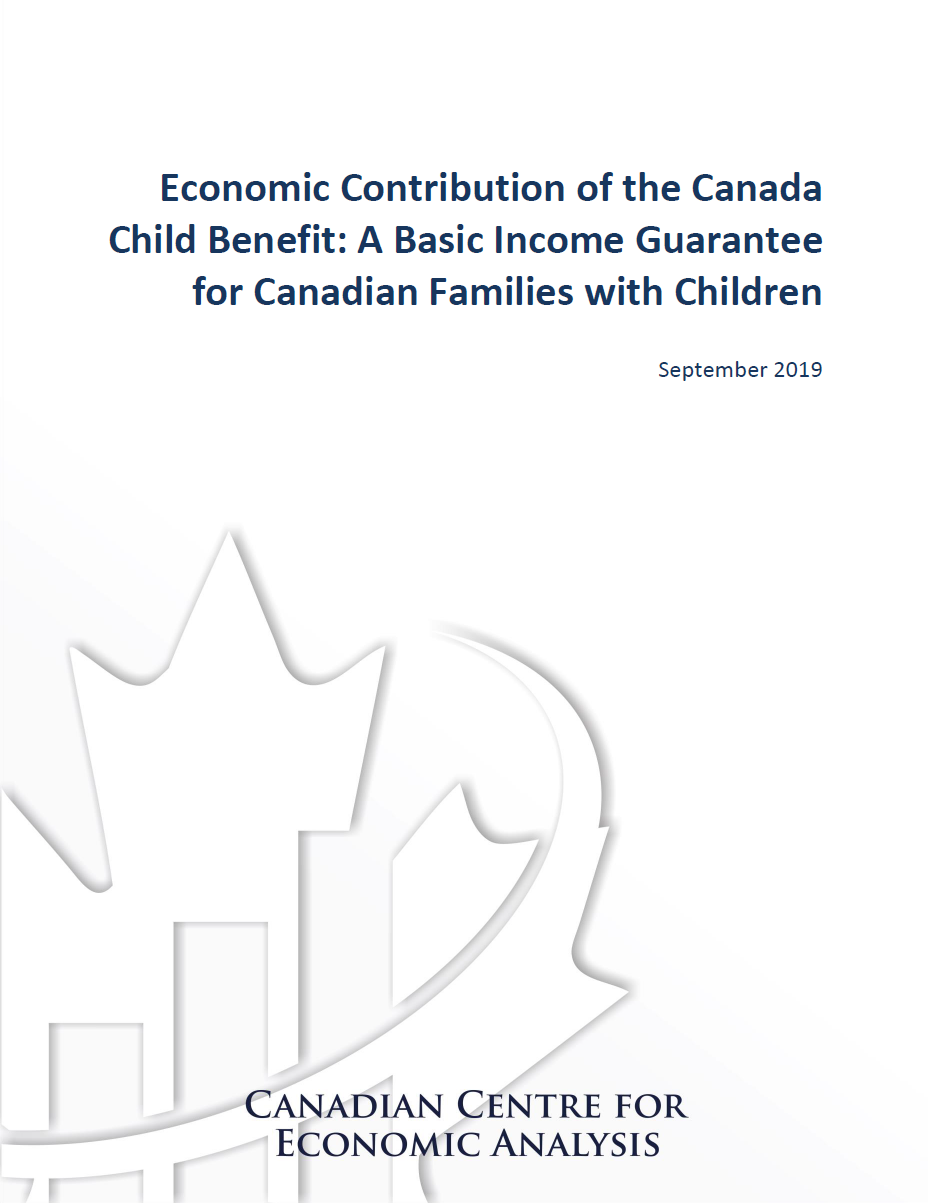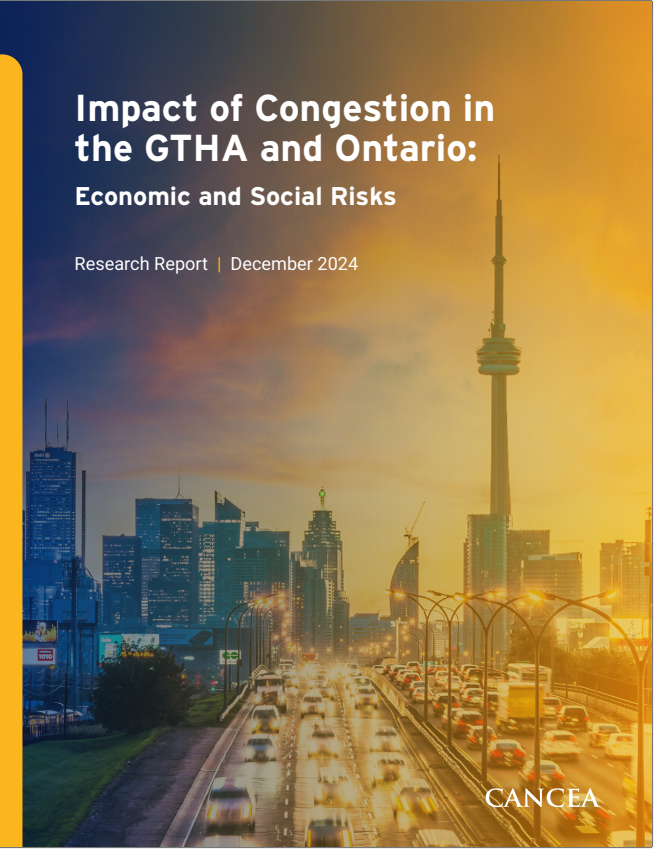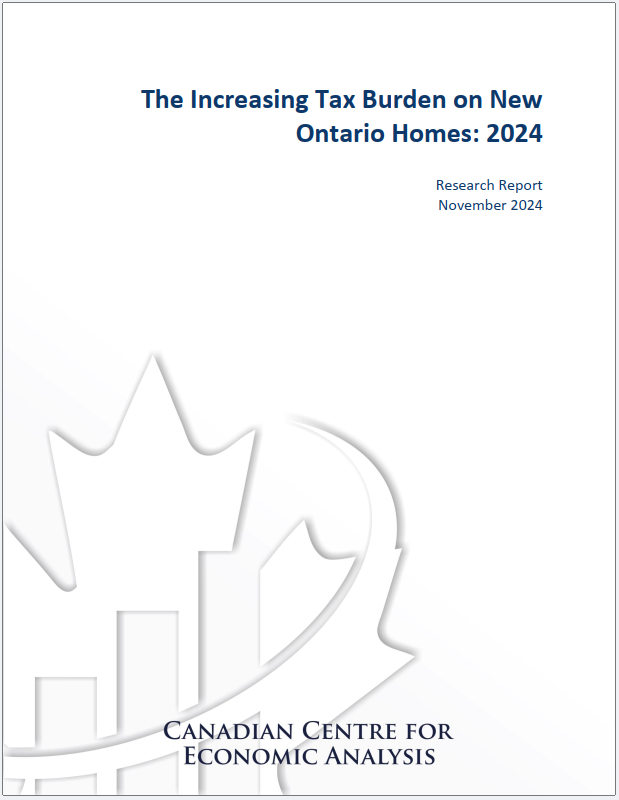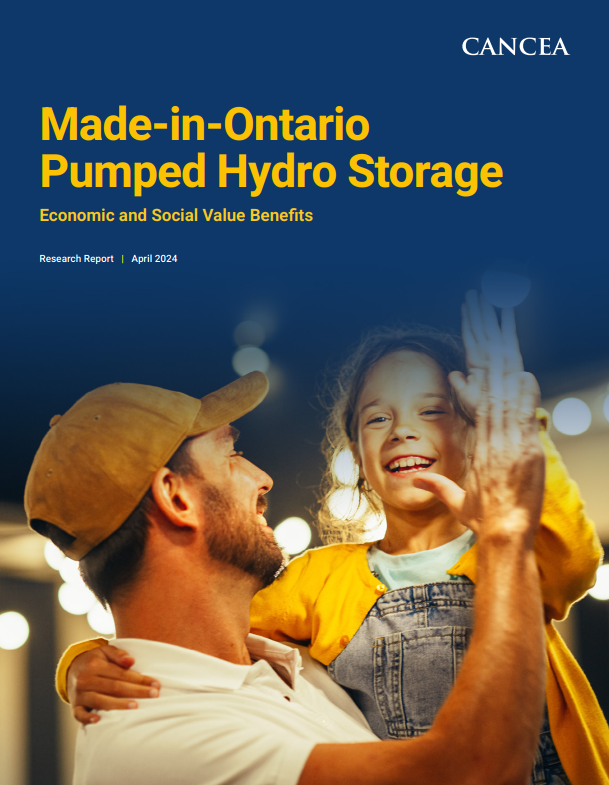Since 2016, about $71 billion has been disbursed to the families of over 6.4 million children in Canada through the Canada Child Benefit (CCB), which acts as a basic income guarantee for families with children. The objective of this research is to measure the economic contribution of the CCB to the Canadian economy since 2016. Impacts that are considered include the effect on families and their incomes, as well as the economic contributions in terms of economic indicators such as GDP, employment and government
revenue.
Programs designed to transfer income to families with children, particularly low-income families, are common in the industrialized world. Government transfers to Canadian families with children date back to 1944 when the federal government put in place a federal Family Allowance, a tax-free payment to women with children under the age of 16 who attended school. A primary goal of this initial program was to stimulate economic activity postwar and avoid a recession, as it was expected lower and moderate-income families would spend this cash rather than save it (Moscovitch and Falvo 2017).
In subsequent decades, child benefits have been at times removed and reformed, and the programs’ goals have evolved. Some of these goals include increasing opportunities for children from low-income families; improving children’s educational and future labour market outcomes; and providing support to families with children out of distributional concern, as these families face higher expenses (Jones, Milligan and Stabile 2015, Milligan and Stabile 2008, Milligan and Stabile 2009). In some iterations, these programs have been tied to earned income in order to encourage workforce participation, particularly among women with young children (Milligan and Stabile 2009). Despite the different ways these programs have been framed since 1944, child benefits programs have been supported by successive governments in Canada across political ideologies.
Currently, eligible Canadian families can receive a child benefit under the CCB, which was introduced in the 2016 federal budget by the current government. The CCB represents a significant expansion to child benefits compared with previously existing programs, with nine out of ten families receiving more than they did previously (Department of Finance Canada 2018).
Demographic Impacts of the Canada Child Benefit
Families who receive income through the CCB have a wide range of family incomes, and the benefits extend well into the middle class. Over half of the families who receive CCB payments have a total income of $60,000 or more. Of the total families who received CCB income in the 2017-2018 benefits year, 42% have an income below $50,000, 55% have incomes between $50,000 and $150,000, and 4% have an income above $150,000. However, since lower-income families are eligible for higher CCB payments, 60% of the total CCB disbursement goes to families whose incomes are under $50,000, 39% goes to families with incomes between $50 and $150,000 and the remaining 1% goes to families whose income is above $150,000.
In the 2017-2018 benefit year, the CCB has kept 277,000 families above the poverty line, defined as the Market Basket Measure (MBM) low-income threshold. Out of the 6.4 million Canadian children whose families receive the CCB, 9% would be below the poverty line without the income provided through the CCB or an alternative benefits program. In total, this represents 588,000 children. Children who live in low-income families with one parent and one or two siblings and in families with two parents and three siblings are those most likely to be below the poverty line in the absence of the CCB or a comparable benefits program.
The figure at the top of the page shows the distribution of children by family income. The blue set of bars represent the income distribution of families excluding income from CCB and the orange set represents the distribution including income from CCB. This figure shows the distributional impacts of the CCB, namely that it moved 750,000 children above the $20,000 family income level and increases their concentration towards the middle-income of the income distribution.
Economic Contribution
Families who receive CCB income contribute economic activity by spending this additional income according to their needs. In so doing, they increase the demand for certain goods and services, which creates ripples throughout the economy through indirect and induced effects. To fulfil the larger demand generated by the CCB, some businesses require more staff and workers, for example, additional store clerks, truck drivers, and supply chain managers. The industries and sectors of the economy which benefit the most from CCB-induced spending depend on the expenditure patterns of recipient families.
The CCB’s contribution to the Canadian economy can be measured by its effect on key economic indicators of prosperity.
The economic contribution of the CCB to Canada’s economy is substantial. Over the course of the program’s existence, the CCB’s contribution to GDP amounts to 2.1% of Canada’s total GDP. Every $1 disbursed through the program to Canadian families has translated to a $1.97 contribution to GDP, meaning that the economic activity generated by the CCB is almost twice the size of the CCB payments themselves. This economic stimulus also generates tax revenue which can help offset the cost of the program. For every $1 disbursed to Canadian families through the CCB, over half ($0.55) is recuperated through taxes, $0.30 to the federal government and $0.25 to provincial governments.











